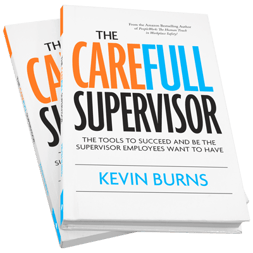The battle for safety is not about safety at all.
Engagement, or a lack of it, is the biggest problem in the workplace today. The Gallup surveys tell us that 71% of employees are NOT fully engaged. Safety suffers when engagement is missing. How could it not be? If people aren’t engaged in their work, then they aren’t going to be engaged in safely doing their work.
Why has this not become a massive battle by companies to re-connect their people with their work? Because the command-and-control model of management pushes rules-enforcement instead of relationship-building. In my new book, PeopleWork: The Human Touch in Workplace Safety, I write that more rules, more procedures and more processes heaped on to people who aren't engaged, aren’t connected and aren’t paying attention just isn’t going to work. If you want people to pay attention to safety, you first have to get them to pay attention. That means engage first.
A 71% level of disengagement is a serious drop in focused-attention productivity. This should be the battle you’re fighting in your efforts to improve safety performance. Lost productivity and disengaged safety performance creates a huge financial mess forcing companies to continue to pay more and get less. You'd think that there would be a hue-and-cry from the corporate executives to find solutions intended to curb this very real problem that is plaguing our workplaces and costing us money. But there isn't.
Engagement isn’t being talked about in safety circles. They’re still talking about more processes and procedures to fix an obvious engagement problem. But because it’s called an "employee" engagement problem, safety doesn’t know how to fix that.
Here are three ways you can begin to improve engagement levels with employees:
Read More












